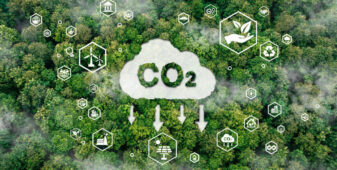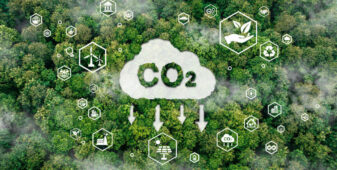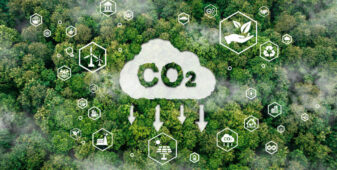Insight Focus
- Embrapa will create a methodology to measure carbon emissions & capture from Brazil’s agriculture.
- A carbon inventory will be carried out based on characteristics of Brazilian agriculture.
- The country must develop a mitigation plan based on the data collected.
Brazilian scientists have embraced an ambitious challenge. Researchers from Embrapa (Brazilian Agricultural Research Corporation) will develop a methodology to measure carbon emissions and absorption from tropical agriculture.
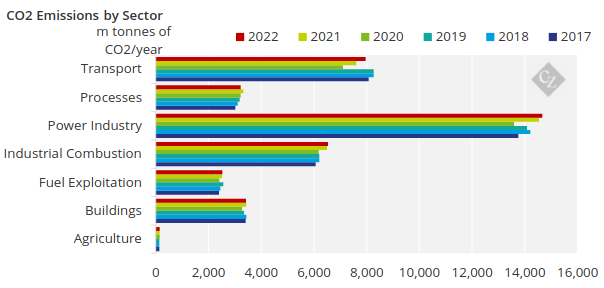
Source: EDGAR (Emission Database for Global Atmospheric Research of European Commission).
The goal is to define carbon balance parameters taking into account characteristics of Brazilian agribusiness such as the recovery of pastures and the crop-livestock system, in which there is a rotation between livestock farming and the cultivation of agricultural crops. These practices help mitigate CO2 emissions, according to the scientists involved in the project.

One of the project’s main objectives is to develop a national greenhouse gas mitigation plan based on the data that will be collected and encourage rural producers to invest more in sustainable practices. “We need a more in-depth view of our carbon balance due to international demands on sustainability”, says Giampaolo Queiroz Pellegrino, researcher at Embrapa Digital Agriculture and president of the management committee of Embrapa’s Climate Change portfolio. See below the main excerpts from the interview with Pellegrino.

Giampaolo Queiroz Pellegrino, researcher at Embrapa. Source: publicity photo/Embrapa.
How is the project structured?
The goal is to create a data platform on carbon emissions and mitigation actions. This will help develop a plan to reduce emissions. It is a long-term program, especially because outcome measurements require a comprehensive time span. Furthermore, they are complex measurements, which involve sampling carbon found in the soil and air. The initial effort this year is structuring the project. This includes everything from field collections to work carried out in the laboratory and investments in equipment. We are also contemplating the development of new, more agile, and efficient techniques for measuring carbon emissions.
How are carbon emission measurements taken today in Brazil?
The standard method for measuring soil carbon assumes that carbon is collected from multiple layers in the soil and at multiple points on the land. It is necessary to dig trenches in the ground 3 or 4 meters deep. You must do repetitions and new samples over time. Chambers are also used to store the gas that is leaving the ground. All these samples are analyzed in the laboratory.
But there are already alternative laser techniques, which can greatly reduce the number of samples. The project’s intention is also to improve these technologies and make them more accessible.
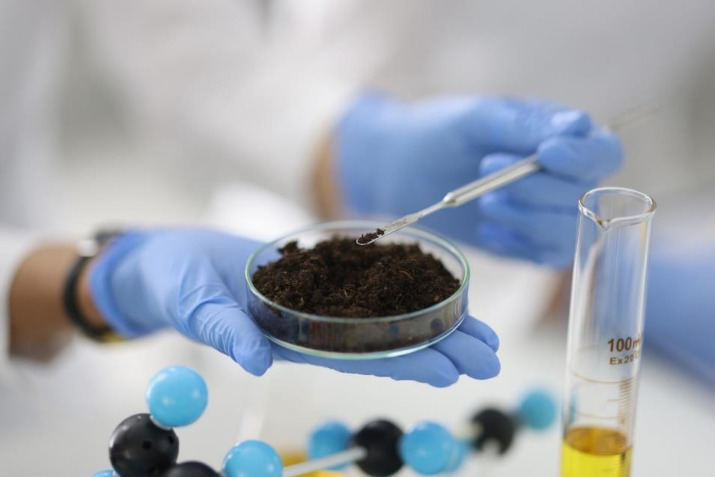
Soil sample analysis. Source: iStock.
How do other countries measure greenhouse gas emissions?
The least developed countries are the ones that make the simplest measurements. If the country is not able to carry out sampling and measure carbon emissions in more detail, it will only be able to report the size of the pasture area and the area occupied by agriculture. This is the most rudimentary way of calculating the carbon emitted, which does not consider factors such as livestock management techniques, for example.
At a slightly higher level, the country can carry out slightly more detailed measurements and demonstrate carbon dioxide emissions and capture through scientific work. These are countries that are able to carry out, for example, a survey in certain regions. This is the case in Brazil. It is worth remembering that this data is sent to the IPCC, the international climate panel, which brings together information made available by all countries.
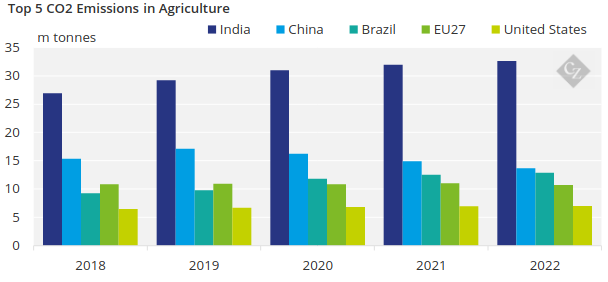
Source: EDGAR (Emission Database for Global Atmospheric Research of European Commission).
How do developed countries carry out carbon inventories?
They use more sophisticated forms of calculation and mathematical models. Data sets are used that simulate the processes of carbon generation and how much CO2 was captured by different agricultural systems and livestock farming. To get to this point, you need to invest a lot in research. It is worth reaching this level because the most basic emission models do not adequately represent the reality of what carbon was captured, that is, how much carbon was not released into the atmosphere. Countries like the United States and Germany work this way.
This adaptation to the particularities of Brazilian agriculture is what Embrapa intends to do, right?
Yes. The important thing is to have a more realistic picture of our emissions and mitigation practices.
Without knowing how much carbon each crop emits, isn’t it difficult to plan mitigation actions? Will Embrapa’s work also involve this planning?
Yes. This issue of measuring mitigation actions ends up depending on what the country in question can do in terms of measurement. Improving the way measurements are taken is essential, even for planning more effective actions to combat greenhouse gases.
The issue of controlling emissions today also has to do with new food import standards that take sustainability into account, right?
That is true. The new European food import law is an example of this. It will be necessary to prove that agricultural products emit little carbon. The new metrics that we are starting to work with will allow us to analyze ways of mitigating emissions and environmental risk, which will be important even for this international context that we are talking about.
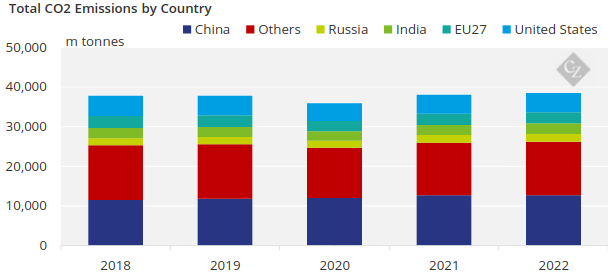
Source: EDGAR (Emission Database for Global Atmospheric Research of European Commission).
With this, will it be possible to put together a plan to monitor carbon emissions and forms of mitigation?
Yes. Over time, we will repeat measurements in the same locations to check what has evolved and where we have problems, using more sophisticated indicators and calculation methods. The idea is to have a national plan to measure carbon emissions and mitigation. We also intend to transfer technologies and good practices to our network, which includes rural producers, researchers, universities, and a series of national and international organizations. All of this also has to do with the issue of climate change, as good practices in agriculture are important to combat climate change.
Can you give some examples of good practice?
There is the recovery of degraded pastures, the use of bio-inputs, the direct planting system, crop-livestock integration, the recovery of forests. There are different types of actions.

And will these actions be included in the carbon balance calculations that will begin to be developed?
For sure. This depends on more sophisticated metrics, research projects and the improvement of technologies, but we will do it.






